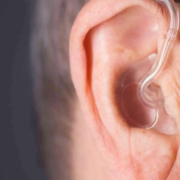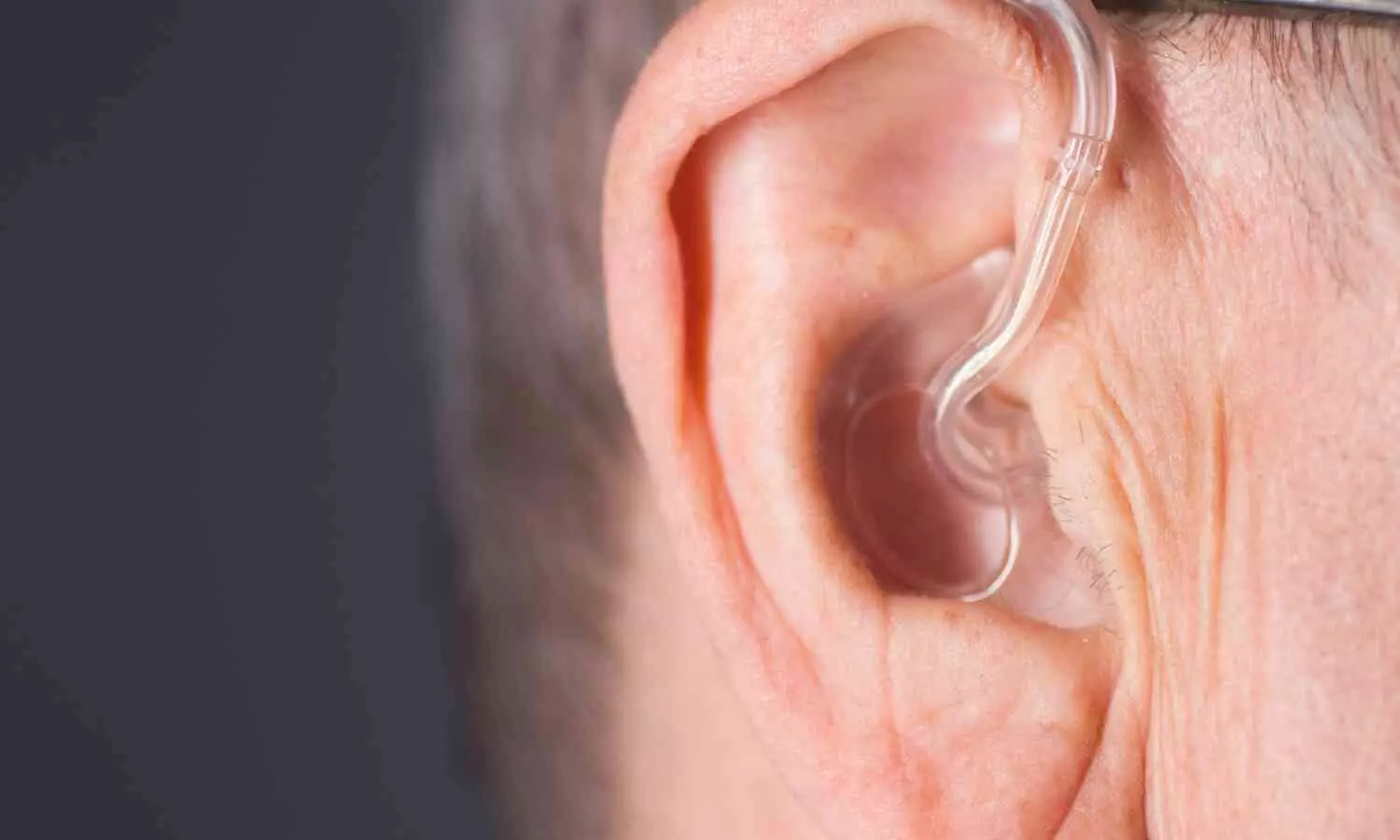ECG Abnormalities common in Hypokalemia but poor predictors of acute illness and short-term mortality: Study

Denmark: A recent multicenter cohort study has shed light on the prevalence and prognostic significance of electrocardiographic (ECG) abnormalities in patients with hypokalemia. The study, conducted across multiple medical centers, underscores the importance of vigilant monitoring and proactive management of electrolyte imbalances to mitigate potential cardiac complications.
The study published in the Journal of Internal Medicine found ECG abnormalities common in hypokalemic patients. However, they are poor predictors of acute illness and short-term mortality under the current standard of care.
Hypokalemia, characterized by low levels of potassium in the blood, is a common electrolyte disorder with diverse etiologies ranging from gastrointestinal losses to renal disorders and medication side effects. While its clinical manifestations vary widely, cardiac involvement represents a significant concern due to the critical role of potassium in maintaining myocardial excitability and contractility.
Helene Kildegaard, University of Southern Denmark, Odense, Denmark, and colleagues aimed to determine the prevalence and prognostic value of ECG abnormalities in hypokalemic patients in a multicentered cohort study.
The study included all adult patients with an ECG and potassium level <4.4 mmol/L recorded at arrival to four emergency departments (ED) in Denmark and Sweden. The researchers investigated the relationship between potassium levels and heart rate, QRS duration, corrected QT (QTc) interval, ST-segment depressions, T-wave flattening, and T-wave inversion using computerized measurements from ECGs. Within strata of potassium levels, they further estimated the hazard ratio (HR) for 7-day mortality, ventricular arrhythmia or cardiac arrest diagnosis, and admission to the intensive care unit (ICU). They compared patients with and without specific ECG abnormalities matched 1:2 on propensity scores.
The study led to the following findings:
- Among 79,599 included patients, decreasing potassium levels were associated with a concentration-dependent increase in all investigated ECG variables.
- ECG abnormalities were present in 40% of hypokalemic patients ([K+] <3.5 mmol/L), with T-wave flattening, ST-segment depression, and QTc prolongation occurring in 27%, 16%, and 14%.
- In patients with mild hypokalemia ([K+] 3.0–3.4 mmol/L), a heart rate >100 bpm, ST-depressions, and T-wave inversion were associated with increased HRs for 7-day mortality and ICU admission, whereas only a heart rate >100 bpm predicted both mortality and ICU admission among patients with [K+] <3.0 mmol/L.
- HR estimates were, however, similar to those in eukalemic patients.
- The low number of events with ventricular arrhythmia limited evaluation for this outcome.
“The findings showed that although electrocardiogram abnormalities are common, they are poor predictors of acute illness and short-term mortality,” the researchers wrote.
As healthcare providers strive to optimize patient outcomes, the insights gleaned from this multicenter cohort study offer valuable guidance in navigating the complexities of managing electrolyte disturbances and mitigating associated cardiac risks. Vigilance, early intervention, and a multidisciplinary approach remain paramount in safeguarding the cardiac health of individuals with hypokalemia.
Reference:
Kildegaard, H., Brabrand, M., Forberg, J. L., Platonov, P., Lassen, A. T., & Ekelund, U. (2024). Prevalence and prognostic value of electrocardiographic abnormalities in hypokalemia: A multicenter cohort study. Journal of Internal Medicine, 295(4), 544-556. https://doi.org/10.1111/joim.13757
Powered by WPeMatico



















